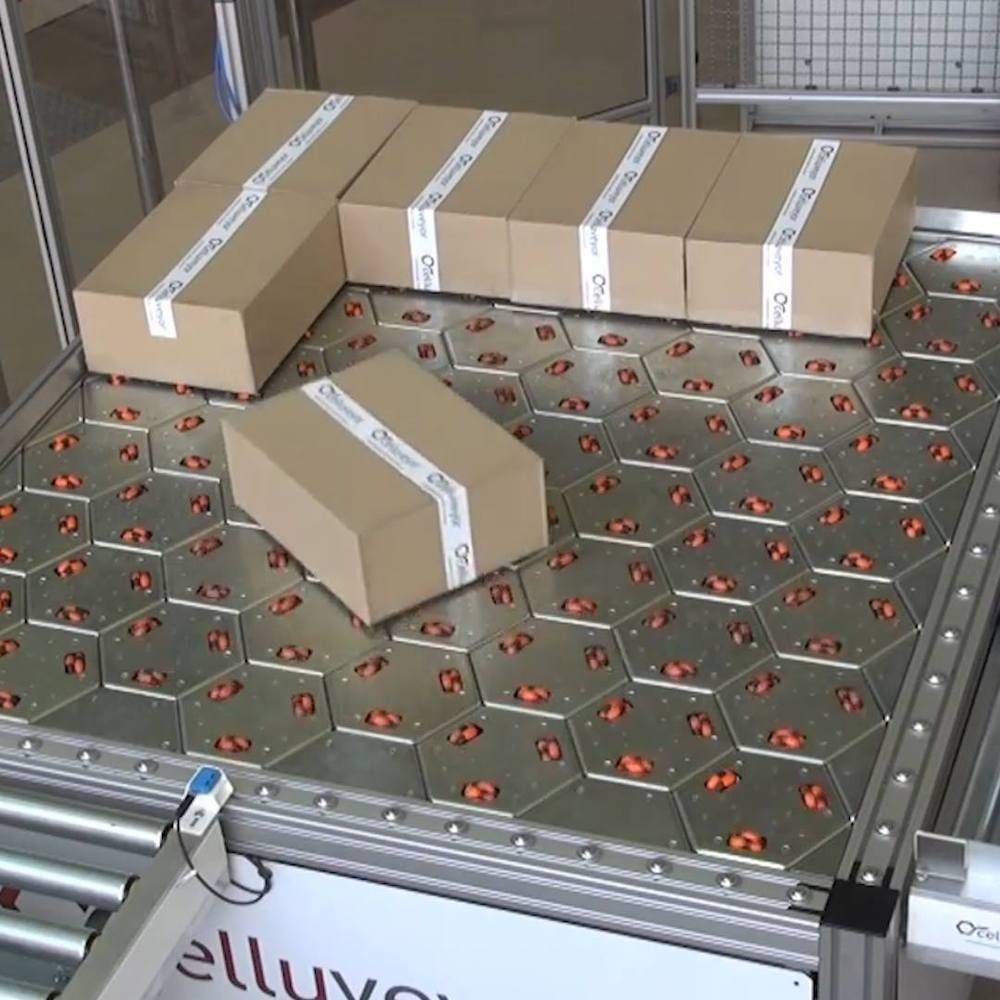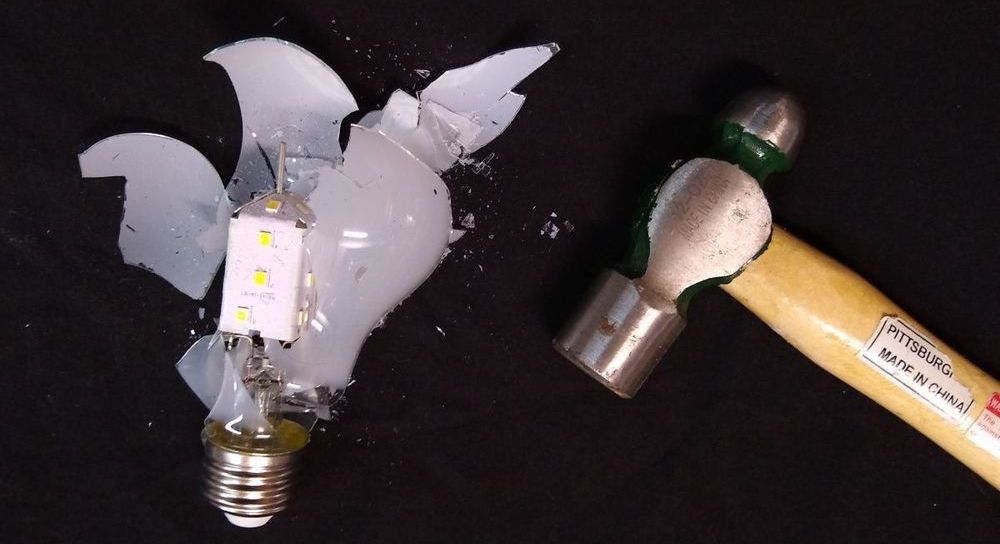Feb 5, 2019
Russian media threatens US with 100 megaton nuclear doomsday device after key arms treaty fails
Posted by Caycee Dee Neely in categories: existential risks, geopolitics, military, treaties
With the dropping of the INF treaty, Putin and Trump have brought the dangers of nuclear war back into a more realistic possibility. I’m not posting this to engage in a political discussion but nuclear war is definitely a lifeboat type of issue.
Russia’s military and state-sponsored media have reacted with a fire and fury of their own to the news that the US will exit the Intermediate Nuclear Forces treaties, one of the last barriers to a full-on Cold War-like arms race in Europe — and there’s already talk of a nuclear doomsday device visiting the US.
The INF treaty banned land-based nuclear capable missiles with a range between 300 and 3,200 miles in 1987 when Russia and the US had populated much of Europe with intermediate-ranged nuclear missiles. The ban eliminated this entire class of missiles and went down as one of the most successful acts of arms control ever.

















